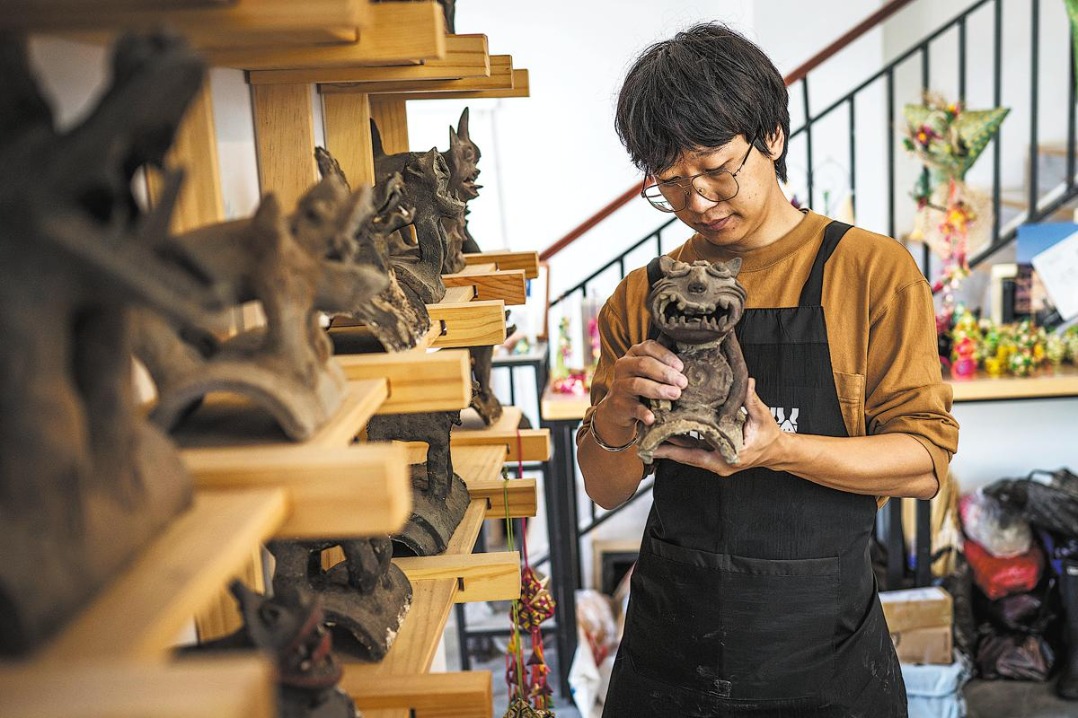Companies with female board members make more money, study finds


More women hold management roles or have made it to the C-suite or the board in workplaces in China, compared to most other Asian nations, a new study finds, also suggesting companies with female executives or board members outperform others.
The report, Demographics, Diversity and Corporate Destiny, compiled by the Economic Corporate Network and sponsored by leading global professional recruiting group Hays, suggests there is a growing recognition in Asia that companies with a diverse leadership tend to make more money.
With 69 of every 100 women of working age in the Chinese mainland heading to work, the country “has the highest female labour force participation in the Asia Pacific region”, with a greater proportion of women in the workforce than many European countries, the report, unveiled on Thursday, the report said.
But “there are strikingly few women” in the management team in general, though women’s participation in the labour force is “robust” in Asia.
“The percentage of women on senior executive committees or boards is 11 percent in China (the Chinese mainland), much higher than that 3 percent in Japan or South Korea,” it said.
Similarly, figures from 2019 Hays Asia Salary Guide show that female professionals in China outperform their counterparts in most other Asian countries, saying 35 percent of management roles were held by women in China in 2018, while the continental average was 30 percent.
This week’s report also suggested that companies in the top quartile for the representation of women on executive committees outperform others. As a region, East Asia and the Pacific reportedly loses between $42 billion and $47 billion annually due to women’s limited access to employment opportunities, as women drop out of the workforce, it said.
“A diverse group of people can identify and define issues from different perspectives and find better solutions. It creates healthy ambition and completion in a sales environment, and we have seen the results in both our individual and team productivity,” Simon Lance, managing director of Hays Greater China, said.
Lance said creating “balanced and inclusive culture” has benefited Hays as a whole.
“People from different cultures, experience, background and mindsets can bring valuable insight and creativity to an organization,” he added. "Workplace diversity is vital as a foundation for innovation and creativity, and also for recruiting and keeping the best talent.”
The report pointed out that culture is one of the factors posing more challenges for Asian women to move up the corporate rank.
In Asian culture, filial obligations mean the burden of looking after aging parents and responsibility for children’s education falls particularly heavily on women, it explained.
Yet it is “an encouraging progress” that there has been a “rising recognition” in the past five years that companies with diverse leadership tend to perform better financially, the report noted.
The top leadership should put the issue of diversity on the agenda and articulate to line managers that diversity is a business priority, the report advised. They also should build an inclusive culture, where women and executives with different racial and cultural backgrounds are held in equally high regard and are equally likely to be promoted.
“Diversity needs to be a part of every conversation when discussing sourcing, recruitment and development strategies,” Jessica Wang, regional director of Hays Beijing, said.
- Chinese researchers uncover record-high evidence of ancient human activity on eastern Qinghai-Tibet Plateau
- China's draft law on childcare services submitted for first reading
- Winter solstice golden magic illuminates Beijing's 17-Arch Bridge
- Making it count
- Racing for the rich
- Unraveling the cosmic puzzle





































